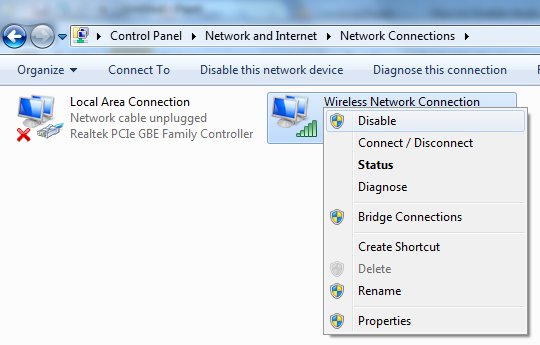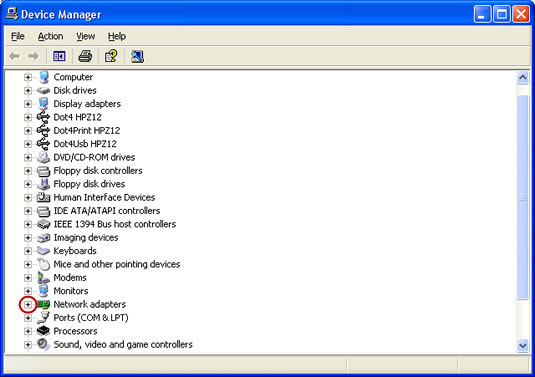

Orthogonal Frequency-Division Multiple Access ( OFDMA) technology, like that used by LTE networks, is part of Wi-Fi 6.

This includes sending acknowledgements, which seems like a small feat but can really help speed up communications. So multiple clients get data from a wireless AP and send data back at the same time. With the Wi-Fi 6 standard, wireless client devices can also take part in sending simultaneous streams. The wireless devices themselves, such as smartphones, tablets or laptops, still must take turns sending data to the wireless router or AP, although they can individually utilize SU-MIMO to send multiple streams when it's their turn. Only wireless routers and APs are able to simultaneously send data to multiple users, whether it's one or more streams of data to each. It's important to remember that, unlike SU-MIMO, MU-MIMO with Wi-Fi 5 works only with downlink wireless connections. Depending on the Wi-Fi standard, MU-MIMO can be one-way or two-way Read on for 10 facts that will help get you up to speed. The Wi-Fi 5 (02.11ac) standard introduced optional MU-MIMO, and Wi-Fi 6 (802.11ax) supports improvements.


 0 kommentar(er)
0 kommentar(er)
